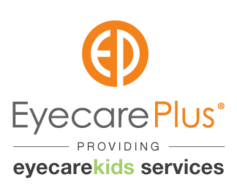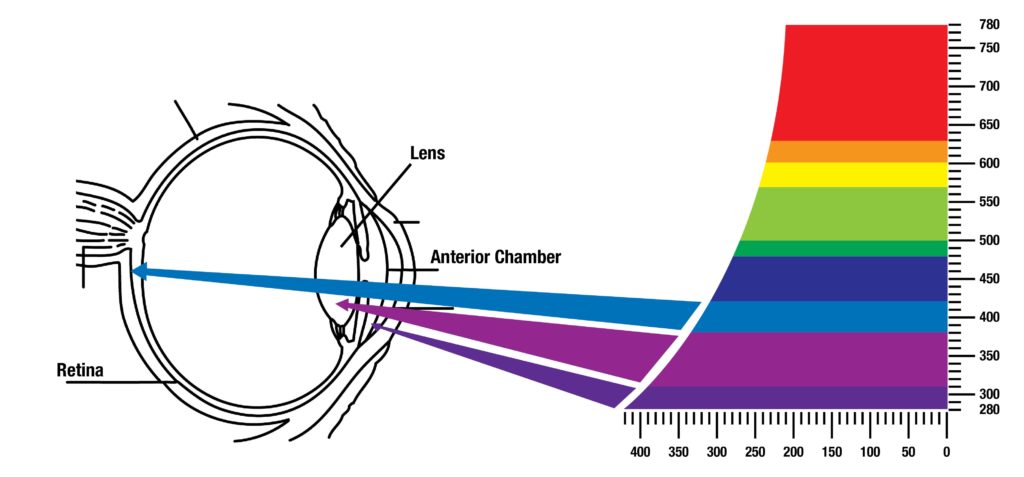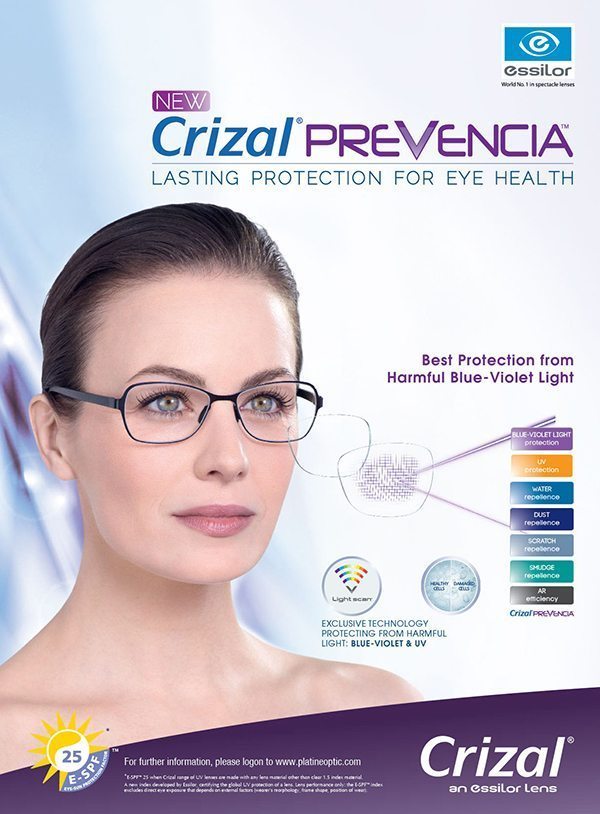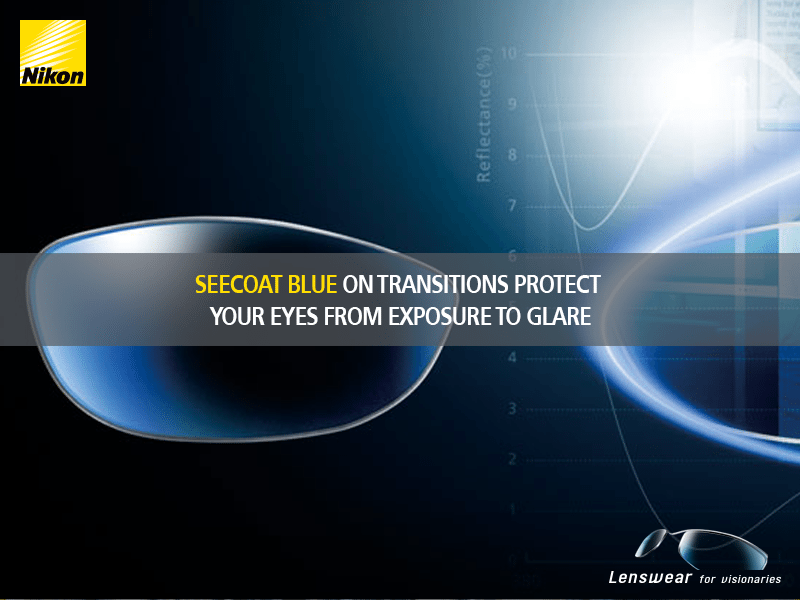How many hours do you spend staring at a digital device?
In this digital age, work and recreation make it unavoidable to stare at gadget screens for long periods of time. Studies show that 60% of people spend more than 6 hours a day in front of a digital device.
What is its implication to our eye health and vision?
The Hazardous Blue Light
The wavelength of harmful blue light falls in the range of 400-480 nm. The oxidative damage caused to the retina by blue radiation peaks at 440 nm. It decreases to 80% of the peak at 460 nm and 415 nm. For the sake of comparison, green light, at 500 nm only causes 1/10th of the oxidative damage caused by blue light at 440 nm. Hence, while considering protection from visual display units that emit blue light, it is very important for us to dispense lenses that cut the wavelengths between 420 nm to 460 nm.
Brands and Their Wavelength Blocking Range
Our catalogue has various brands of ophthalmic lenses that provide protection from the harmful blue wavelength to the wearers. The wavelength blocking range of these lenses vary from one brand to the other. So, it is important for us to know the wavelengths that are blocked by specific brands of lenses:
Crizal Prevencia: This product manufactured by Essilor, blocks wavelengths in the range of 415 nm to 455 nm. Hence this lens effectively limits the wavelength blocking range to the most harmful spectrum of blue light. The coating does not extend into the ultraviolet radiation. Hence it is important to understand that the coating has no effect on the UV radiation blocking.
Seecoat blue: This product manufactured by Nikon, blocks wavelengths in the range of 380 nm to 500 nm (starting at 10% blocking of 380 nm, reaching 40% blocking at 410 nm and 90% blocking from 420 nm to 500 nm). In comparison to Crizal Prevencia, this lens gives protection over a wider range in the visible spectrum. However, it could be perceived as a disadvantage by some wearers as this lens blocks more of violet and complete blue wavelengths of the visible spectrum (violet: 380 nm to 450 nm; blue: 450 nm to 495 nm). As a result of this blocking, the wearers usually tend to see everything more yellowish through these lenses than Crizal Prevencia.
Express Eyecare lenses: The blocking range of these lenses is 395 nm to 415 nm. This is a much narrower range of protection compared to the two lenses discussed above. We can clearly see that the peak of the harmful blue light is allowed to transmit through this lens. Hence, although this lens offers protection from shorter blue wavelengths, in the best interest of our clients, it is better for us to stick to lenses that offer better blue light protection than this lens.
Interesting observation: Recently there had been a confusion regarding the demonstration kit that was given to us by this company to show that a blue light does not pass through their lenses.
We have tried to put other blue lenses like Seecoat blue and Crizal Prevencia lenses in this demonstration, and we were surprised to see that the blue demo light just passed through all the lenses except Express Eyecare lenses. Upon experimenting, we could deduce that the demo light that was given with this kit was in fact an isolated ultraviolet light (similar to the light given with transitions demo). Probably this light has a wavelength at the very end of the UV-A spectrum (around 395 nm). Other lenses do not have an effect on UV wavelength and that was the reason why only this lens was cutting this light and not other lenses.
This finding was reconfirmed when we kept a transitions lens in the path of this demo blue light. The lenses changed its colour at the point where the blue light struck the lens. It is a known fact that only UV light can activate transitions lenses. So we can conclude that although this demo kit is good to demonstrate the action of blue lenses to our clients, we have to remember that it is an intelligent tool, designed by this company to show that only their lenses are effective blue wavelength blockers.
Genop blue lenses: This lens blocks wavelengths up to 400 nm. The harmful blue light of the visible spectrum still gets transmitted through these lenses. And these lenses come with yellowish tint.
Conclusion
From reviewing the transmission and blocking properties of all the blue lenses that we dispense, we conclude that the first choice of blue lenses on our catalogue (when dispensed to protect the wearer from the harmful blue radiation emitted by visual display units), should be Nikon Seecoat Blue lenses followed by Essilor Prevencia.



